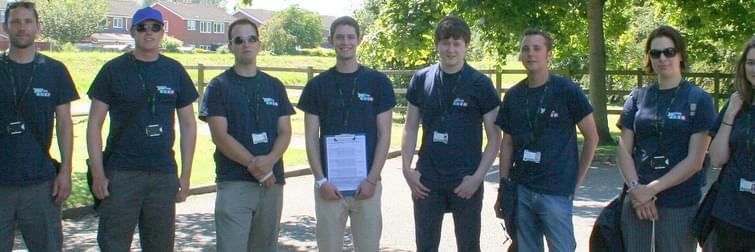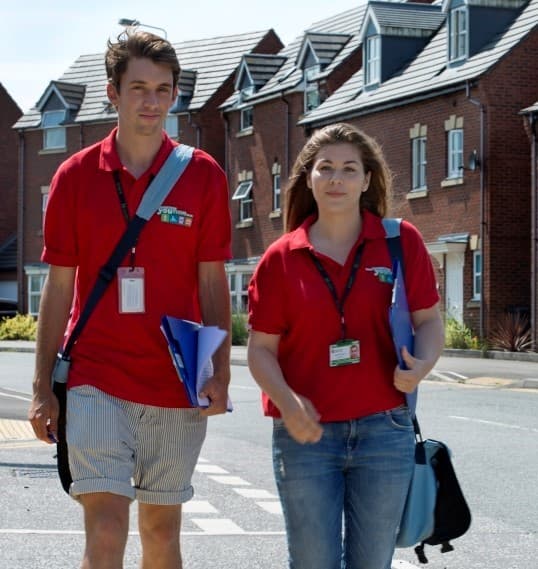
blog: Can we really nudge people to travel sustainably?
Wednesday 17th July 2019
Much has been written about the power of ‘nudge theory’ in influencing behaviour, and there is no doubt ‘nudge theory’ is being put to good (and sometimes bad) use across many different sectors. As someone that has researched how and why personal travel planning (PTP) techniques influence behaviour, I have often wondered if the measured effect in terms of more people walking, cycling and using public transport is really being caused by ‘nudge’ effects (as so often claimed), and in particular whether the outcomes are a result of:
- A large number of people making small adjustments to their trips (i.e. walking to the shops once a week for a journey they had previously made by car); OR
- A small number of people making significant changes (i.e. switching from car to bike every day for their daily commute)
When we carried out our research 'Making PTP Work' for DfT back in 2008, this was one of the unanswered questions, largely as at that time all evaluations were based on before/ after aggregated survey results.
So, whilst we knew the overall population effect (at that time an 11% reported reduction in car driver trips across the targeted intervention areas), it was not possible to discern how this effect had been achieved.
Proponents of nudge theory generally believe that the effect is a result of large numbers of people making small adjustments, but as I have subsequently evaluated more and more PTP programmes, I am less certain this is the case….

For a start off, it now seems perfectly plausible to me that the effect of being given better information and incentives about a particular journey by a skilled travel advisor, may well mean that this resonates with a small group of people who then subsequently shift much of their trip behaviour ‘en masse’.
I suspect this, as it has happened to me personally (shifting from car to bike, having realised all of the wider economic and health benefits it brings), in essence creating a new habit of sustainable behaviours, rather than thinking more deeply about the odd adjustment I could make to ‘do my bit’.
Photo credit: AECOM
It is reasonable to assume this effect would be even more prevalent where users switch to public transport, given that in most cases this would involve the purchase of a weekly, monthly or annual travel pass, making wholescale changes in behaviour even more likely.
So, we started to explore this with some of the data arising from our PTP evaluation work, to test whether the behaviour of a small number of people making large adjustments were the root causes of the population level changes that were being reported. To do this we looked at individuals within a wider sample (in essence a synthesised panel cohort), extracting before and after travel data for those people who made exactly the same journeys in a before and after survey, with PTP interventions provided to them in between.
The anonymised results are shown in the infographic below, and whilst the overall effect broadly matches the earlier DfT research estimates (11% reduction in car driver trips), it is clear that:
- There are many who don’t make any changes to their weekly travel to work behaviour (the grey part of the infographic)
- A few people make more trips by car (the red cars on the infographic). Slightly more people make wholescale switches to more sustainable behaviour (the green icons on the infographic). These people largely show that they now travel more sustainably 1-5 days a week, suggesting less of a nudge and more of a shove towards a more sustainable lifestyle!
So what does this mean for future programmes?
Our evaluation work across many projects demonstrates that PTP continues to be a very useful tool in the sustainable transport practitioner’s toolkit, with results consistently showing reductions in car driver trips across targeted areas.
Unlike the influence of chocolate bars at eye height near the tills in a supermarket (also a nudge tactic), it would seem that maybe travel behaviour nudges operate in a different way, and more is needed to understand these if we are to improve the way in which we tailor similar projects in the future.
Photo credit: AECOM
It raises questions about whether future programmes could become even more cost effective, if for example there were more targeted techniques that enabled the PTP travel advisors to focus more intensely on those people that are most likely to shift behaviour.
I do of course have lots of ideas on how this might best be achieved, some of which we are actively pursuing on current projects, but that is for another blog!
In the meantime, please get in touch or browse our website if you're interested in knowing more about our involvement with PTP projects.
